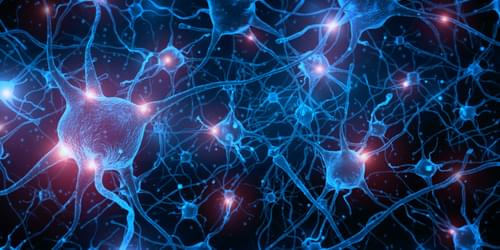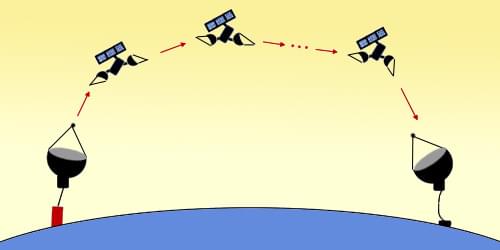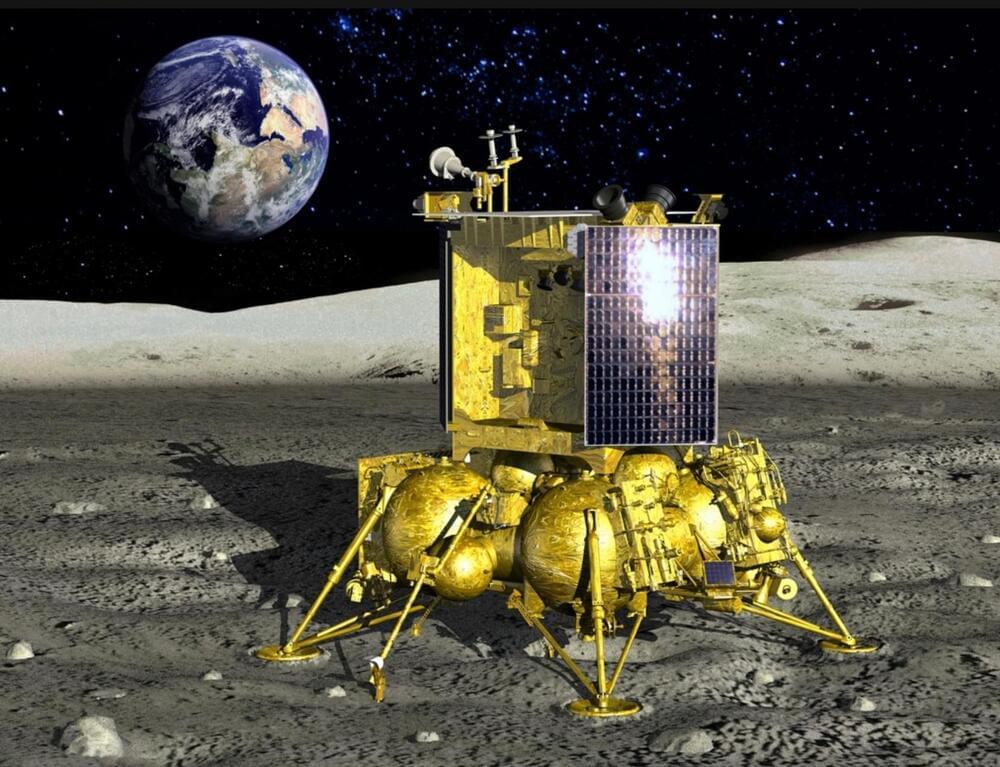Dissipation affects the time asymmetry of fluctuations in systems out of thermodynamic equilibrium. A newly discovered inequality elucidates that connection.
The emergent field of stochastic thermodynamics uses random variables to investigate the dynamics of microscopic systems that operate out of thermodynamic equilibrium, such as active matter and metabolic pathways. Now Naruo Ohga and two colleagues at the University of Tokyo have applied tools from stochastic thermodynamics to uncover a universal law that could find broad applications in the description of active matter, cell metabolism, and other systems whose continuous supply of energy keeps them out of equilibrium [1] (Fig. 1.)
When a thermodynamic system is close to equilibrium, the fluxes of physical quantities, such as energy and electric charge, are linearly proportional to thermodynamic forces, such as temperature gradients and voltage differences. The coefficients connecting the fluxes and forces are symmetric, meaning that the one relating flux A to force B is the same as the one relating flux B to force A. Such symmetries are known as Onsager’s reciprocal relations [2]. At the microscopic level, their origin can be attributed to the time-reversal symmetry of the cross-correlation function between two physical quantities at equilibrium.








